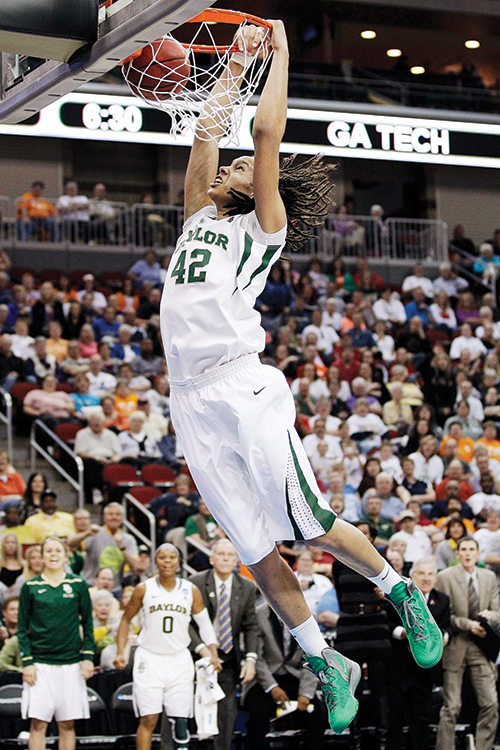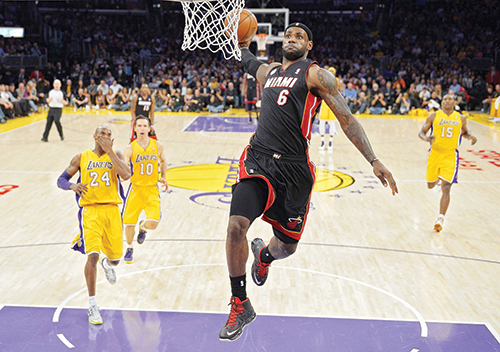This week marks the end of college basketball until the fall and, except for fans of Louisville, we—players included—will be in mourning. Well, maybe except for Brittney Griner, the 6-foot-8-inch center for the Baylor University Lady Bears and AP Player of the Year for the second straight season.
Brittney Griner and the gender barrier in professional sports

This week marks the end of college basketball until the fall and, except for fans of Louisville, we—players included—will be in mourning. Well, maybe except for Brittney Griner, the 6-foot-8-inch center for the Baylor University Lady Bears and AP Player of the Year for the second straight season.
Despite losing to Louisville in this year’s NCAA tournament, Griner is undoubtedly the fiercest competitor in women’s basketball, and has even drawn praise from LeBron James. Perhaps these accolades were enough to compel Dallas Mavericks owner Mark Cuban to announce that he is thinking about selecting Griner in the NBA draft this June.
Cuban may be an eccentric fellow, but the idea of drafting a female player to an NBA team is quite an outlandish prospect, even if it’s not the first time a franchise has considered doing so. In 1980, the Indiana Pacers signed Ann Meyers, one of the most highly esteemed women’s basketball players at the time, to a no-cut contract. Although she attended tryouts, Meyers was not chosen to be a part of the final roster. Many critics at the time argued that the Pacers agreed to the contract only for publicity’s sake, which is the same argument that many are making today regarding Cuban’s comments.
It may seem chauvinistic to completely write off Griner’s ability to enter the NBA, but the fact of the matter is that she does not have the physical tools to compete in men’s basketball. Not only that, transferring a player’s skill set from one league to another is bound to bring trouble. Griner has the size and wingspan of a powerful center in women’s basketball, but the average height for centers in the NBA is roughly 7 feet, so Griner could not play successfully at that position.
The only positions she could reasonably play are power forward or small forward, which requires ball-handling skills and proficient shooting—two aspects of Griner’s game that are noticeably weak. Meyers herself agrees, adding that it is “a very physical game on the inside.”
If Cuban is serious and ends up drafting Griner, I don’t believe she will have much luck in the NBA. Furthermore, it could result in an embarrassing mark on her career if she is overwhelmed by the physicality of NBA play. She’s one of the most gifted figures in women’s sports, and to devalue that talent by attempting to restructure it in order to transition her into a league with different demands and rules will discredit all of the work she has put into her career so far.
There is no doubt that Griner could be a hall-of-fame player in the WNBA if she chooses that route, because she will be able to use all of the skills that made her such a dominant force in college basketball over the last four years. It’s hard to tell if a woman will ever break into the NBA, but she isn’t the one to do it.





